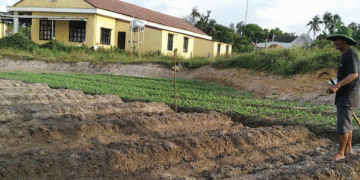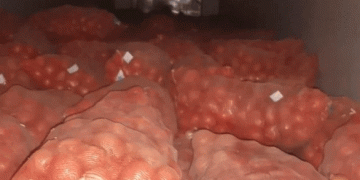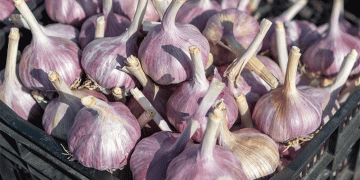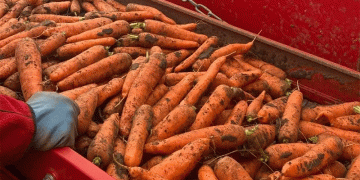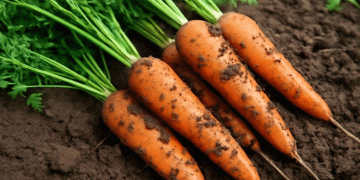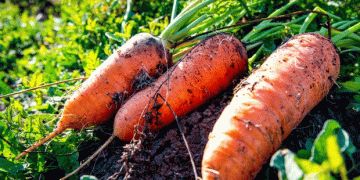USDA’s Natural Resources Conservation Service (NRCS) is awarding more than $14.6 million in grants to support the development of innovative systems, tools, and technologies for production and conservation on agricultural lands. Funds are provided through the Conservation Innovation Grants (CIG) program, which awards grants to organizations, universities, and others that are developing innovations to support farmers, ranchers, and forest landowners.
This USDA investment has generated more than $15.3 million in partner matching funds, resulting in almost $30 million for conservation innovation. Authorized in the 2002 Farm Bill, the CIG program has awarded nearly $300 million to-date.
“The world’s population is increasing, but available agricultural land is decreasing,” said NRCS Acting Chief Kevin Norton. “Through science and innovation, we can help farmers improve the health of their operations and productivity on their lands while protecting the natural resources we all depend on. The new systems, tools, and technologies being developed through CIG are helping us ensure the longevity of American agriculture.”
The 2020 funding pool focused on five priority areas: air quality, water quality, water reuse, energy conservation, and wildlife habitat. This is the first year that water reuse is a priority area, pursuant to USDA’s commitment under the National Water Reuse Action Plan, announced by the Environmental Protection Agency on February 27, 2020.
NRCS selected 24 projects for the 2020 CIG awards. Examples include:
- Practical Farmers of Iowa will increase the adoption of fertilizer and manure management practices that result in lower greenhouse gas emissions from small grains production by piloting innovative cost-share and market-based mechanisms with grain and animal protein supply chain partners, including McDonalds, Oatly, PepsiCo, and Starbucks.
- University of Illinois will design and evaluate bioreactors and saturated buffers that address variable flow, increase water treatment volume, study how site factors may impact performance, and test innovative nitrogen monitoring methods that could lead to market-based water-quality solutions.
- North Carolina State University will apply a 3D imaging system to increase cover crop use and provide site-specific weed control tactics to substantially reduce tillage. The 3D imaging system will map and quantify cover crops and weeds and will inform site-specific management of weed escapes, thereby protecting soil and water quality through improved management of herbicide-resistant weeds.
For a full list of projects and descriptions, visit the CIG website.
More About CIG
CIG is a competitive grants program that supports development, testing, and research of conservation technologies, practices, systems, and approaches on private lands. Grantees must match the CIG investment at least one to one.
All U.S.-based non-Federal entities and individuals are eligible to apply. Funding announcement information can be accessed through the CIG website or on Grants.gov.
State NRCS offices are also able to fund and hold their own CIG competitions, in addition to the National CIG signup. Visit NRCS state office websites for information about state CIG competitions.
CIG also contributes to the Agriculture Innovation Agenda, a USDA initiative to align resources, programs, and research to position American agriculture to better meet future global demands. Specifically, USDA is working to stimulate innovation so that American agriculture can achieve the goal of increasing production by 40% while cutting the environmental footprint of U.S. agriculture in half by 2050.
For more information about the CIG program, visit the CIG website.















